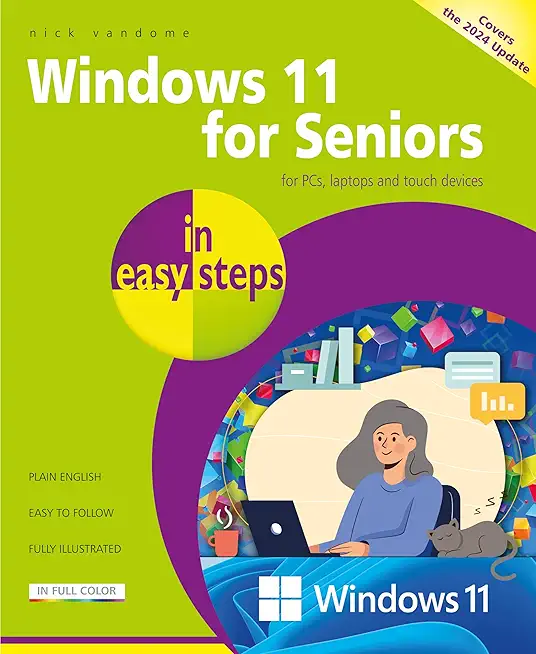20487: Developing Windows Azure and Web Services Training in Laredo
|
We offer private customized training for groups of 3 or more attendees.
|
||
Course Description |
||
| In this course, students will learn how to design and develop services
that access local and remote data from various data sources. Students
will also learn how to develop and deploy services to hybrid
environments, including on-premises servers and Windows Azure.
Course Length: 5 Days
Course Tuition: $1750 (US) |
||
Prerequisites |
|
| This course is intended for both novice and experienced .NET developers who have a minimum of six months programming experience, and want to learn how to develop services and deploy them to hybrid environments. | |
Course Outline |
|
Module 1: Overview of service and cloud technologies |
Course Directory [training on all levels]
- .NET Classes
- Agile/Scrum Classes
- AI Classes
- Ajax Classes
- Android and iPhone Programming Classes
- Blaze Advisor Classes
- C Programming Classes
- C# Programming Classes
- C++ Programming Classes
- Cisco Classes
- Cloud Classes
- CompTIA Classes
- Crystal Reports Classes
- Design Patterns Classes
- DevOps Classes
- Foundations of Web Design & Web Authoring Classes
- Git, Jira, Wicket, Gradle, Tableau Classes
- IBM Classes
- Java Programming Classes
- JBoss Administration Classes
- JUnit, TDD, CPTC, Web Penetration Classes
- Linux Unix Classes
- Machine Learning Classes
- Microsoft Classes
- Microsoft Development Classes
- Microsoft SQL Server Classes
- Microsoft Team Foundation Server Classes
- Microsoft Windows Server Classes
- Oracle, MySQL, Cassandra, Hadoop Database Classes
- Perl Programming Classes
- Python Programming Classes
- Ruby Programming Classes
- Security Classes
- SharePoint Classes
- SOA Classes
- Tcl, Awk, Bash, Shell Classes
- UML Classes
- VMWare Classes
- Web Development Classes
- Web Services Classes
- Weblogic Administration Classes
- XML Classes
- Object Oriented Analysis and Design Using UML
20 October, 2025 - 24 October, 2025 - RED HAT ENTERPRISE LINUX SYSTEMS ADMIN I
3 November, 2025 - 7 November, 2025 - Introduction to Spring 6, Spring Boot 3, and Spring REST
15 December, 2025 - 19 December, 2025 - LINUX SHELL SCRIPTING
3 September, 2025 - 4 September, 2025 - Python for Scientists
8 December, 2025 - 12 December, 2025 - See our complete public course listing






